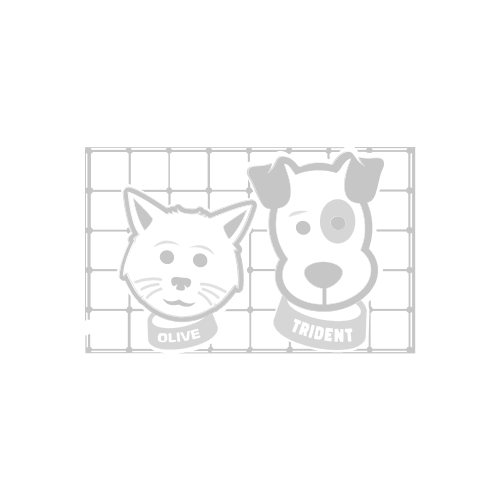Talking In Puppy Voice
The next time someone criticizes you for using a peppy, high-pitched tone while speaking to dogs, you can tell them that your puppy voice could have benefits for both you and your pupper.
According to a study published in the May issue of Animal Cognition, the exaggerated style of speech adopted by many pet owners can improve animals’ attention skills and strengthen the bond between dogs and their people.
Researchers at the University of York conducted the study in hopes of gaining a better understanding of why humans speak differently to animals and whether such speech is actually beneficial to dogs.
As co-author Katie Slocombe explains in a press release: “This high-pitched rhythmic speech is common in human interactions with dogs in western cultures, but there isn’t a great deal known about whether it benefits a dog in the same way that it does a baby. We wanted to look at this question and see whether social bonding between animals and humans was influenced by the type and content of the communication.”
Slocombe and PhD student Alex Benjamin tested 37 local pets’ reactions to recorded snippets of normal versus “dog-directed speech.” As National Geographic’s Linda Lombardi reports, during the experiment, two individuals held speakers playing the different types of recorded speech in their laps. In addition to measuring the amount of time dogs spent staring at each person as a specific type of speech played, researchers observed the dogs’ desire to interact with one individual over the other after the speech segment of the experiment ended.
BBC News notes that the study incorporated both dog-related and non-dog related phrases, such as “shall we go for a walk?” and “I went to the cinema last night.” When speakers used dog-directed speech in conjunction with dog-friendly words, the canines were more likely to be attracted to them.
The dogs did not exhibit a preference for individuals using dog-related speech in a normal voice or unrelated phrases in a dog-directed voice, suggesting that both tone and specific word choice factor into their responses.
“Perhaps dogs use the intonation to initially attend to the speech, and then recognize whether the words you are using are related to them or not,” Benjamin tells National Geographic’s Lombardi.
Previous research has suggested that puppies are more receptive to dog-directed speech than older dogs. After Nicolas Mathevon of the University of Lyon in Saint-Étienne, France, conducted a similar study last year, he told Science’s Virginia Morell that puppies saw recordings of dog-directed speech as “an invitation to play,” while adult dogs “didn’t care at all. They had a quick look at the speaker, and then ignored it.” Comparatively, Slocombe and Benjamin found that the adult dogs tested were eager to interact with individuals holding speakers that played dog-directed speech with dog-related content.
Importantly, the groups tested in these two studies differed. The dogs included in Mathevon’s study came from a New York animal shelter, while the dogs in the newer study were household pets. These differences might account for the varied results.
As Benjamin tells Lombardi, whether openness to dog-directed speech is innate or learned, remains unclear. More research is necessary to determine if differences in how an animal was raised influences their responses.
“It could be that they respond more to this type of speech when you use it with them as a puppy,” Benjamin says, “so they almost train you to keep using this kind of speech.”
Shared from Smithsonian.com. Written by Meilan Solly.

